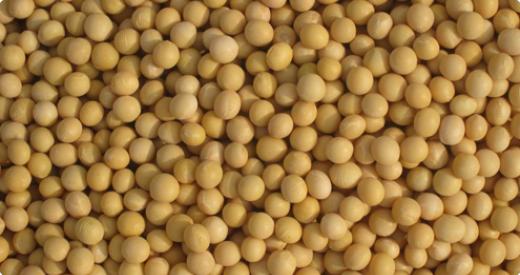Lee Kum Kee: Spilling The Beans

A long venerated staple of a Chinese kitchen, soy sauce is still one of China’s most widely used condiments. Used as seasoning, often replacing salt, there are two basic types of soy sauce in China: the dark lao chou, which has a thicker texture, and the lighter thinner sheng chou. The two types are used for different kinds of cooking. For example, the richness of the dark soy sauce is best suited for braising pork belly, while the lighter soy sauce is better as a dip for dishes like Chinese turnip cake. Beyond the two main basic types, soy sauce can be mixed with a variety of flavours, such as mushroom or shrimp roe to enhance the flavour profiles of a variety of dishes, such as beef, chicken, fish, soups or pasta.
Asian Palate visited Lee Kum Kee, a manufacturing giant that specialises in making sauces. We took a tour of a 2,000 acre plant in Xinhau, China, and saw how soy sauce was made at the production plant, which combines traditional brewing and modern machinery. Their 60,000 litre soybean silos produce soy sauce at an incredible scale—especially for a venture that only started 20 years ago.
Soy sauce or chiyou has been used for more than 2,500 years with the first known historical reference in the Confucian Analects. The original soy sauce was actually not made from soybeans but from the liquid by product that leeched out from preserved salted meat and fish. After Buddhism was introduced to China, a salty vegetarian paste of mashed soybeans and grains gradually replaced the meat and fish. Today, pure soybeans are generally used with two methods of production: the traditional brewing method or the chemical non-brewed method.
At Lee Kum Kee, soybeans harvested from various provinces from around China are first steamed under high pressure and then further cooked with flour and cultures. The beans are then transported to the koji room for two days where the key fermentation process begins. Traditionally, the soy sauce fermentation occurs during autumn owing to optimum weather conditions. However with temperature, humidity and wind flow closely controlled by a computerised system, soy sauce production can take place year round.
The traditional brewing method would require a fermentation period of a minimum of 6 months, and would produce a clear, balanced broth while the non-brewed method would leave a harsh and sometimes chemical aroma. A salt solution would then be added to the beans, which are then placed in tanks for 6 to 8 years, relying purely on natural sunlight for fermentation. Lee Kum Kee chose the location of its plant specifically for the city’s sun exposure and for the local temperature, which can reach more than 50 degrees Celsius in the summer. The hotter temperature aids the fermentation of the soybeans in order to create a thicker, richer brew.
According to our guide, the greater the body of the soy sauce, the better the quality. The length of fermentation determines the quality of the sauce as well. We were impressed how so much care goes into making what we know to be a ubiquitous and humble condiment.









